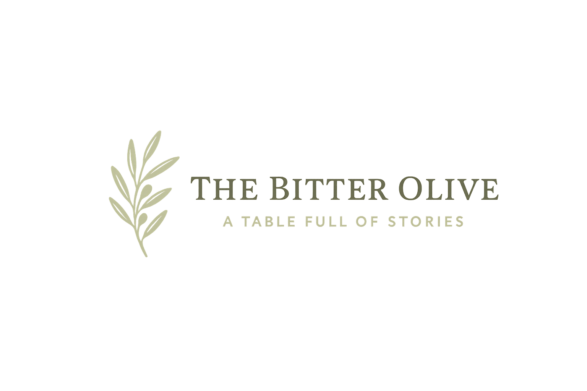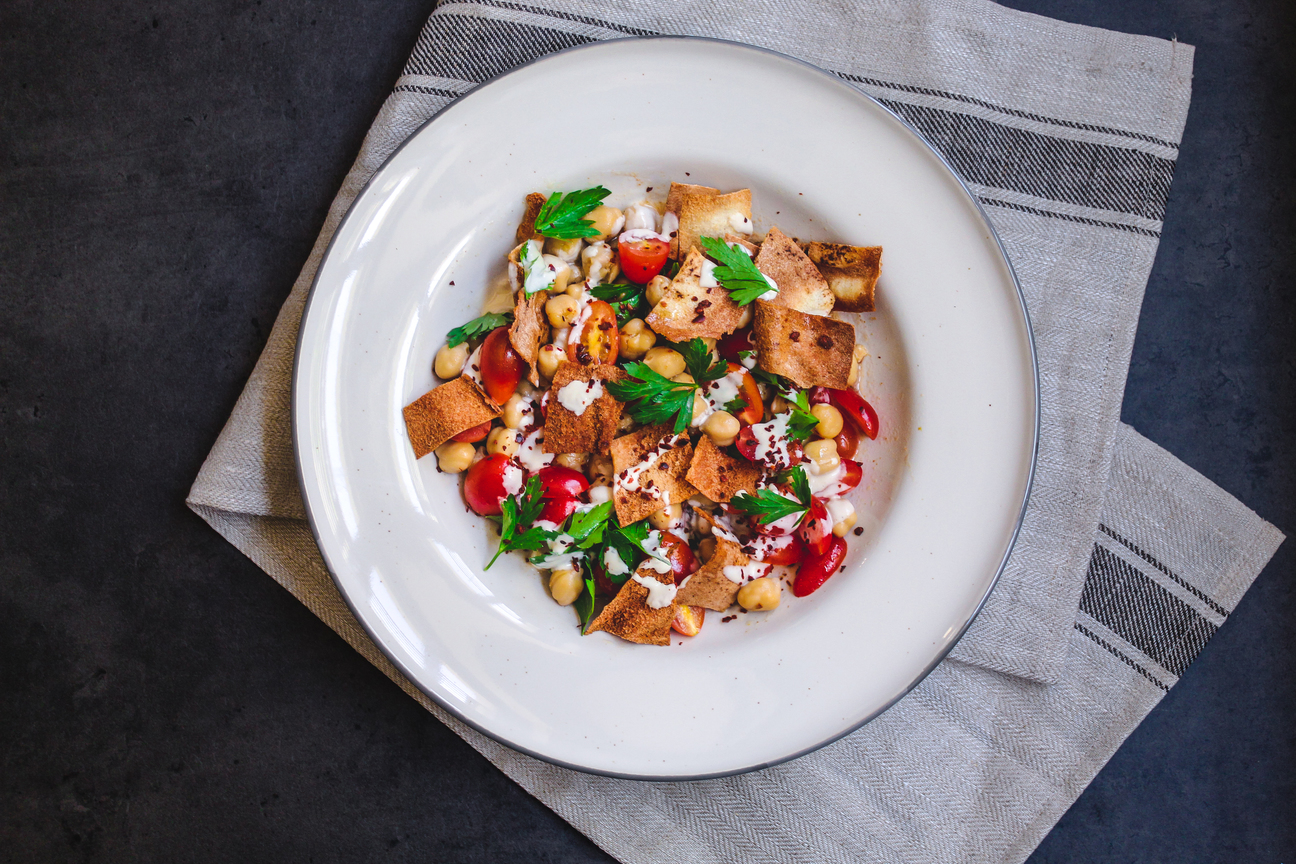This tabbouleh recipe is one of the most beloved dishes across our region. In my family—and in so many others—it showed up on every birthday table, every BBQ, and every spontaneous gathering. It wasn’t just a side dish. It was the star.
Even though we can now make it year-round, tabbouleh was once a summer-only salad, when both tomatoes and parsley were in their prime. That made it feel even more special.
Our Tabbouleh Tradition
Every family had their own “tabbouleh master,” and we were lucky enough to have two. Preparing it was a full production. Picking and chopping parsley for 20+ people was no small task—especially when this was the main dish, not just something on the side. I always helped, and honestly, I loved being part of it.
It was also a matter of pride. Everyone paid close attention to how finely the ingredients were chopped—especially the parsley and tomatoes. The finer, the better. There were no shortcuts, no rushing. It was about care, texture, and showing you’d put in the time.

Why I Wrote This Tabbouleh Recipe
There are hundreds of tabbouleh recipes online—but very few feel like the one I grew up with.
That’s what motivated me to create this tabbouleh recipe: precise, no-guesswork, and based on the one I grew up with. No vague handfuls or “a bit of this.” Just exact measurements and careful instructions to help you recreate the one I love most.
Tips for Making Tabbouleh Like We Do
Tabbouleh is a parsley salad, not a burghul salad.
If your tabbouleh looks more white than green—it’s time to start over 😊 Here’s what matters:
-
Use the freshest ingredients you can find.
Ripe, firm tomatoes. Bright green parsley. Good onions. And excellent olive oil. -
Let your parsley dry overnight or use a salad spinner.
After washing, lay it flat and let it air dry. Wet parsley leads to soggy salad. -
Use only the leaves and tender stems.
Remove the thicker stems—they’ll disrupt the texture. -
Chop everything finely.
The parsley, tomatoes, and onion should be tiny. No shortcuts here. A food processor would never work for tomatoes, onion or even the parsley. -
Don’t soak the burghul in water.
Soak it in lemon juice instead. It will soften just enough and absorb all the flavor without getting mushy. -
Prep the onions with salt and spices.
Mix the chopped onions with salt and spices, then squeeze them with your hands. This takes out the harsh bite and leaves only flavor. -
You’ll need all that oil and lemon.
A dry tabbouleh is not worth eating. Don’t skimp on the dressing.
How to Serve It
Tabbouleh is best served immediately, right after mixing. I’ve seen recipes that suggest letting it sit—everyone I know would firmly disagree. The parsley should still feel fresh and crisp.
It pairs beautifully with grilled meat or chicken, but really, you don’t need an occasion. We serve it on its own for lunch, dinner, or even a snack.
Traditionally, tabbouleh is eaten with small romaine lettuce leaves, which act like scoops. My mom’s favorite way to enjoy it? Fresh vine leaves—and she’s not wrong. It’s delicious.
Want something to pair it with? Try this mezze platter guide—tabbouleh fits right in.

The Perfect Tabbouleh
Ingredients
- 4 bunches flat leaf parsley, or 5 ½ cups leaves and tender stems only
- 2 cups tomatoes, or 4 pcs
- ⅓ cup burghul
- ½ small onion or 70 g very finely chopped
- ¾ cup extra virgin olive oil
- ½ cup lemon juice
- 1 tbs dried mint
- 1 tsp salt
- ½ tsp salma’s spice
Instructions
- In a large bowl, soak burghul in lemon juice.
- Finely chop the tomatoes and add to the burghul. Let the juices mix while you prep the rest.
- Cut parsley's thick stems and chop the leaves and tender stems very finely. Add to the bowl.
- Mix the onion with salt and spice, then squeeze it gently with your hands to release the juices. Add to the salad.
- Add dried mint and olive oil.
- Mix well and serve immediately with romaine lettuce or vine leaves.




